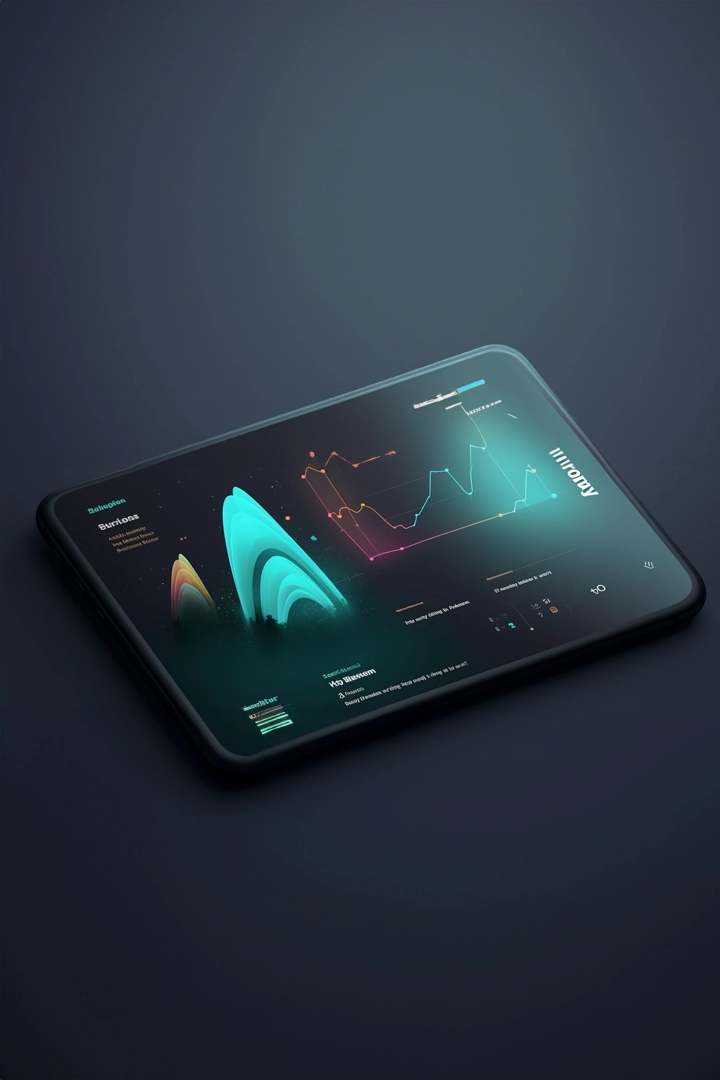One of the most significant impacts of applied AI on the insurance industry will be the ability to better predict and manage risks. By analyzing vast amounts of data, AI can identify patterns and trends that humans may miss. This, in turn, will help insurers to better assess risk and make more informed decisions.
2. Distributed infrastructure
Distributed infrastructure refers to the use of decentralized technology, such as blockchain, to create a secure, transparent and efficient system for managing insurance data. This can be particularly useful in the areas of claims processing and policy management.
With distributed infrastructure, insurers can create a tamper-proof system for managing insurance claims and policies. This will help to reduce fraud and improve transparency, which will ultimately benefit both insurers and policyholders.
3. Future of connectivity
As more devices become connected to the internet, insurers will have access to a vast amount of data about their policyholders. This includes data about their behaviour, preferences, and needs. This data can be used to create personalized insurance products and services that meet the unique needs of individual policyholders.
In addition to creating personalized insurance products, the future of connectivity will also enable insurers to create new revenue streams by partnering with other companies to provide value-added services to their policyholders.
4. Next-level process automation and virtualization
Next-level process automation and virtualization refer to the use of advanced technologies such as Robotic Process Automation (RPA) and Virtual Reality (VR) to automate and streamline insurance processes.
For example, RPA can be used to automate repetitive, manual tasks such as data entry and claims processing. This will free up staff to focus on more complex tasks, such as underwriting and risk management.
Virtualization, on the other hand, can be used to create immersive experiences for policyholders, such as virtual inspections of properties and vehicles. This will improve the customer experience and help insurers to better assess risk.
5. Trust architecture
Trust architecture refers to the use of advanced security technologies to create a secure, trustworthy system for managing insurance data. This is particularly important in an era of increasing cyber threats and data breaches.
With trust architecture, insurers can create a secure system for managing sensitive customer data, such as personal and financial information. This will help to protect policyholders from cyber threats and data breaches and ultimately improve trust in the insurance industry.
Today, the question is not whether businesses should undertake this journey, but how quickly they can do so. Understanding the distinctions between these concepts can provide a clearer vision of the path forward and help businesses make informed strategic decisions.
The insurance industry is on the cusp of a technological revolution and the above five tech trends are expected to play a significant role in shaping its future. By embracing these trends, insurers can improve customer experiences, reduce risks and create new revenue streams, all while maintaining the security and trust of their policyholders.
If you’re interested in learning more about these technologies and how they could impact your business, give us a call at 4D; we’re happy to help.

